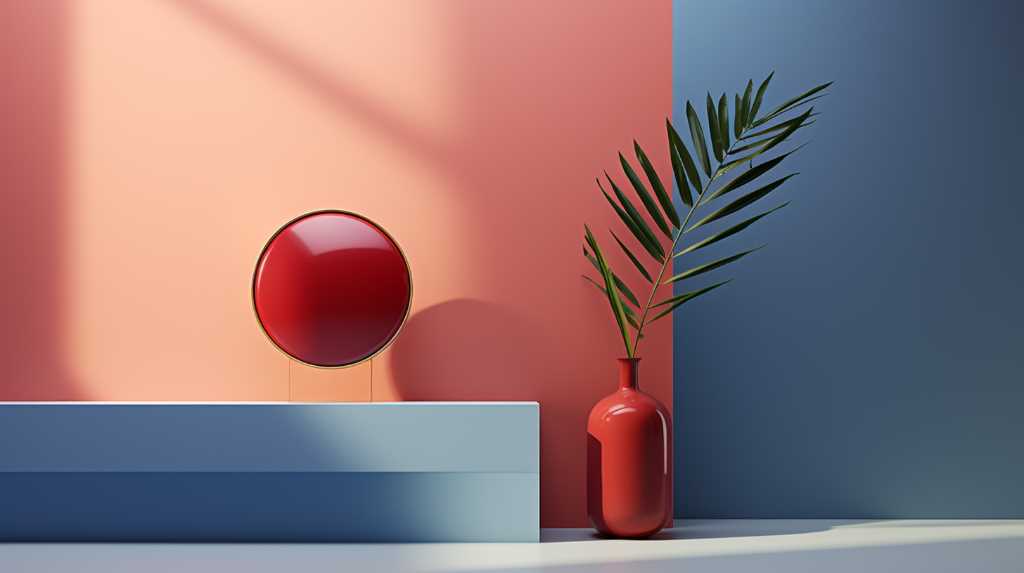The Ever-Evolving Essence of Contemporary Design
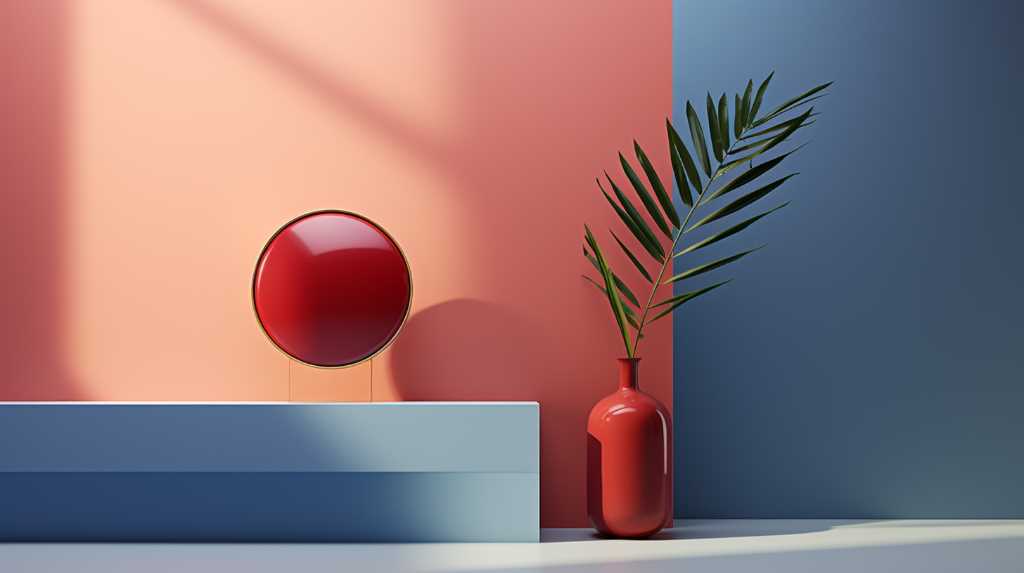
In the ever-changing landscape of design, contemporary design stands as a testament to innovation and evolution. Originating in the mid-20th century, this style embraces clean lines, minimalism, and practicality. It reflects the spirit of the industrial revolution, constantly adapting to new materials and production methods.
With its fluid nature, contemporary design captures the essence of ongoing creativity and challenges traditional definitions. It mirrors the complexities of modern life, serving as a visual representation of the ever-evolving world we inhabit.
Key Takeaways
- Contemporary design originated in the mid-20th century as a reaction against intricate styles and emphasizes clean lines, minimalism, and practicality.
- It reflects the spirit of the industrial revolution by embracing new materials and production methods.
- Contemporary design thrives in the present and is not confined by eras, constantly evolving and challenging to define concretely.
- Characteristics of contemporary design include a creative blend of various styles, neutral color palettes with bold contrasts, vibrant artwork, playful geometric forms, and an emphasis on simplicity and comfort through organic forms.
Origins and Evolution of Contemporary Design
As we delve into the origins and evolution of contemporary design, it becomes evident that this fluid and constantly evolving field challenges traditional definitions and embraces ongoing innovation. Modern design, which originated in the mid-20th century as a reaction against intricate styles, emphasizes clean lines, minimalism, and practicality. Reflecting the spirit of the industrial revolution, it embraces new materials and production methods.
Thriving in the present, contemporary design is not confined by eras, capturing the essence of ongoing innovation. It is constantly evolving, making it challenging to define concretely. Contemporary design reflects evolving tastes, celebrates creativity, and invites adaptation. It mirrors modern complexities, embodying possibility and evolution. Above all, it stands as a testament to the present, showcasing the ever-evolving nature of design.
Contemporary Design’s Fluid Nature
Contemporary design’s fluid nature allows for seamless integration of various styles and materials, fostering a dynamic and ever-evolving aesthetic. Unlike other design styles that may be confined by specific eras or rules, contemporary design thrives in the present and captures the essence of ongoing innovation. It is constantly evolving, challenging to define concretely, and reflects evolving tastes.
Contemporary design celebrates creativity and invites adaptation, mirroring modern complexities. It embodies possibility and evolution, standing as a testament to the present. A creative blend of various styles, contemporary design includes modernism, minimalism, Art Deco, and global inspirations. It embraces neutral color palettes with bold contrasts, vibrant artwork, and playful geometric forms ranging from sharp edges to abstract shapes. Minimalism’s influence is evident, emphasizing the ‘less is more’ principle, with furniture featuring bold shapes and clean lines, and providing comfort through organic forms.
Lighting in contemporary design plays a crucial role in shaping spaces and moods. Natural light takes center stage, with an emphasis on daylight that minimizes artificial illumination. At night, indirect and cove lighting create a calming ambiance, while metallic-accented fixtures cast gentle glows.
In comparison to modern design, contemporary design thrives on the present and embraces diversity, blending diverse styles and materials. Contemporary design’s ever-evolving essence reflects evolving tastes, celebrates creativity, and mirrors modern complexities.
Ever-Evolving Contemporary Design
The constant evolution and adaptability of design within the realm of contemporary design allows for the seamless integration of new ideas and concepts, fostering an ever-evolving aesthetic that reflects the present and embraces the possibilities of the future.
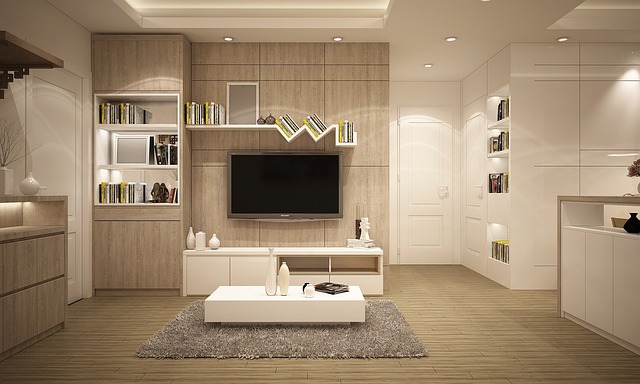
Contemporary design, with its fluid nature, thrives in the present and is not confined by eras. It captures the essence of ongoing innovation and is constantly evolving, challenging to define concretely. This ever-evolving nature of contemporary design reflects evolving tastes, celebrates creativity, and invites adaptation. It mirrors the complexities of the modern world and embodies possibility and evolution.
Through its creative blend of various styles, neutral color palettes with bold contrasts, vibrant artwork, and playful geometric forms, contemporary design stands as a testament to the present, continually pushing boundaries and embracing new possibilities.
Characteristics of Contemporary Design
Through its creative blend of various styles and vibrant artwork, contemporary design showcases the possessive noun’s innovative and vibrant characteristics. It is a design style that embraces the present and constantly evolves to reflect evolving tastes and modern complexities.
Contemporary design is not confined by eras and captures the essence of ongoing innovation. It celebrates creativity and invites adaptation, standing as a testament to the present. Contemporary design incorporates a creative mix of styles, including modernism, minimalism, Art Deco, and global inspirations. It is characterized by neutral color palettes with bold contrasts, vibrant artwork, and playful geometric forms ranging from sharp edges to abstract shapes.
Minimalism is a core influence, emphasizing the principle of ‘less is more’ and featuring furniture with bold shapes and clean lines, as well as comfort through organic forms. Lighting in contemporary design plays a crucial role in shaping spaces and moods, with an emphasis on natural light during the day and indirect and cove lighting at night. Contemporary design’s essence lies in its ever-evolving nature, reflecting evolving tastes, celebrating creativity, and embodying possibility and evolution.
Minimalism’s Influence
One cannot underestimate the transformative power of minimalism’s influence in shaping contemporary design. With its emphasis on simplicity and the ‘less is more’ principle, minimalism has become a cornerstone of contemporary design, permeating various aspects of our lives.
In architecture, minimalism is characterized by clean lines, open spaces, and a focus on functionality. Furniture design follows suit, with bold shapes and clean lines that exude understated elegance.
Minimalism’s influence is also evident in the use of neutral color palettes, allowing for bold contrasts and vibrant artwork to take center stage. Lighting design in contemporary spaces also embraces minimalism, with an emphasis on natural light and the use of indirect and cove lighting at night.
Overall, minimalism’s impact on contemporary design is undeniable, providing a sense of calm, simplicity, and timeless beauty.
Lighting in Contemporary Design
With its emphasis on natural light and the use of indirect and cove lighting at night, contemporary design illuminates spaces and moods in a sophisticated manner. In contemporary design, lighting plays a crucial role in shaping the overall ambiance of a space. Natural light is highly valued, with large windows and skylights allowing it to take center stage during the day. This emphasis on daylight not only enhances the visual appeal of the space but also minimizes the need for artificial illumination.
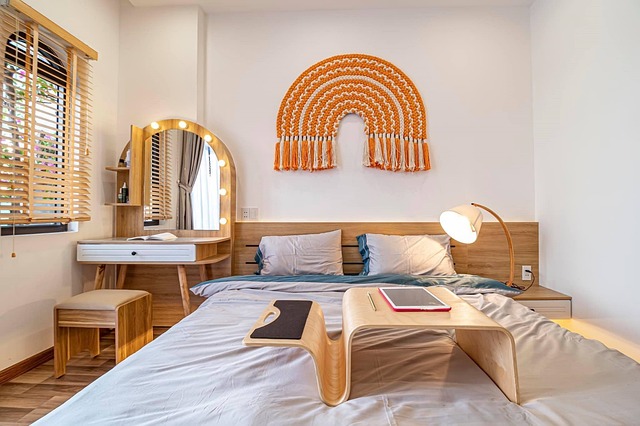
At night, indirect and cove lighting techniques are employed to create a soft and subtle glow, accentuating the architectural features and creating a warm and inviting atmosphere. Metallic-accented fixtures are also used to cast gentle glows, adding a touch of elegance to the contemporary design aesthetic.
Overall, lighting in contemporary design enhances the overall experience and adds a layer of sophistication to the space.
Comparison of Modern and Contemporary Design
In the realm of design, a comparison between modern and contemporary design reveals distinct philosophies and an embrace of diverse styles and materials. Modern design, originating in the mid-20th century, was a reaction against intricate styles, emphasizing clean lines, minimalism, and practicality. It reflects the spirit of the industrial revolution and embraces new materials and production methods.
On the other hand, contemporary design thrives in the present and is not confined by eras. It captures the essence of ongoing innovation and is constantly evolving, making it challenging to define concretely. Contemporary design celebrates creativity and invites adaptation, blending various styles such as modernism, minimalism, Art Deco, and global inspirations. It incorporates neutral color palettes, vibrant artwork, and playful geometric forms.
Frequently Asked Questions
What Are Some Key Historical Influences on Contemporary Design?
Some key historical influences on contemporary design include the modernist movement of the mid-20th century, which emphasized clean lines and minimalism, as well as the spirit of the industrial revolution, which embraced new materials and production methods.
How Does Contemporary Design Incorporate Sustainability and Environmental Consciousness?
Contemporary design incorporates sustainability and environmental consciousness by embracing eco-friendly materials, energy-efficient technologies, and sustainable practices. It seeks to minimize the environmental impact of design while creating functional and aesthetically pleasing spaces that align with modern values.
What Role Does Technology Play in Contemporary Design?
Technology plays a pivotal role in contemporary design by enabling innovative solutions, integrating smart features, and enhancing user experiences. It facilitates the use of sustainable materials, advanced manufacturing techniques, and digital tools, shaping the ever-evolving landscape of contemporary design.
How Does Contemporary Design Embrace Cultural Diversity and Global Inspirations?
Contemporary design embraces cultural diversity and global inspirations by blending various styles and materials, including modernism, minimalism, and Art Deco. It celebrates creativity, invites adaptation, and stands as a testament to the present.
What Are Some Current Trends or Emerging Styles Within Contemporary Design?
Some current trends within contemporary design include the use of sustainable materials, integration of technology, incorporation of natural elements, and the blending of different design styles. These trends reflect the ever-evolving nature of contemporary design.
Conclusion
In conclusion, contemporary design has continually evolved to reflect the changing tastes and needs of society. Its fluid nature allows for constant adaptation and innovation, making it a testament to the present and a visual representation of the ever-changing world.
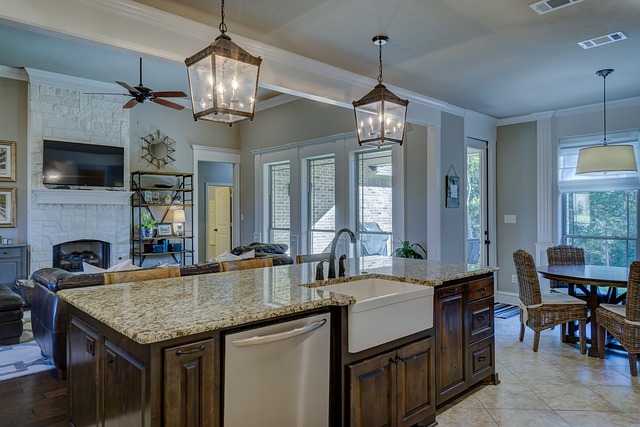
Emphasizing clean lines, minimalism, and practicality, contemporary design captures the essence of modern life and embodies possibility and evolution. It stands as a timeless style that celebrates creativity and embraces the complexities of the modern world.

